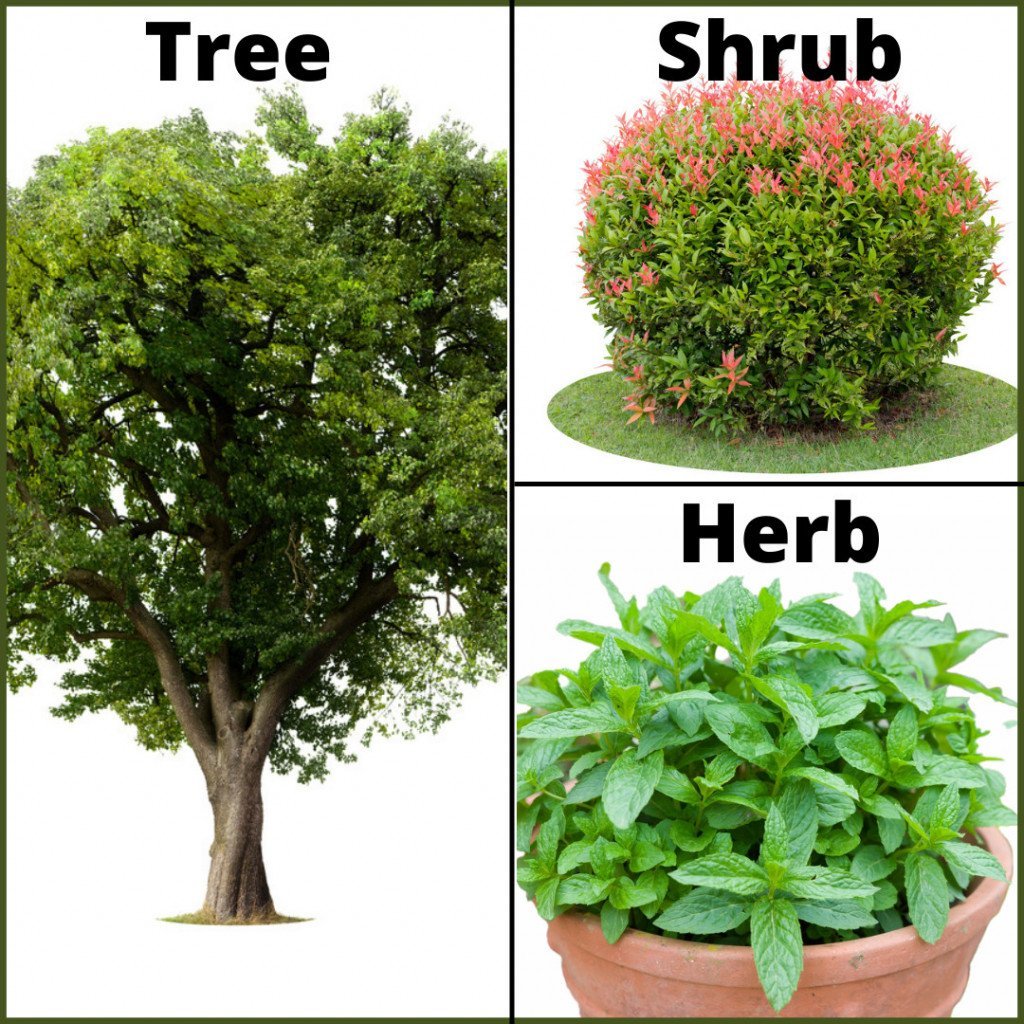Table of Contents (click to expand)
What you call a tree, isn’t actually a tree, but an herb. Just like mint, grass and rosemary, the banana plant is also an herb.

Are you as obsessed with bananas as the Minions?
Well, here’s an interesting fact that might surprise you. What you call a tree, isn’t actually a tree, but an herb.
Just like mint, grass and rosemary, the banana plant is also a herb. You can blame the size of the plant or the trend of misnomers, but the banana plant is an herb from the perspective of systematic botany and taxonomy.

Recommended Video for you:
Why Can’t We Call A Banana Tree A Tree?
To understand why a banana tree, although quite tall, can’t stand with giants like Sequoias, let’s take a stroll through the garden of different plants.
Plants are categorized into trees, shrubs and herbs.
Trees are those with thick, woody trunks full of lignin that splits into numerous woody branches. Trees attain considerable height, enough to make you feel tiny! Shrubs, unlike a tree’s single stalwart trunk, have several main stems arising from the base itself. The stem is tough and thick, but not woody, as it lacks lignin. Lastly, herbs are delicate, soft and cute plants, lacking any woody substance and are either annual, biennial or sometimes even perennial.

This distinction allows us to peel back the bark of this question.
Banana Vs. Tree
The main essence of why the banana plant is an herb lies in the anatomy of its stem, which is not really a stem at all.
Just take a stroll around the countryside someday and closely look at the stem of a tall banana plant versus that of a tree. You will instantly feel the difference; the tree has a rough and tough stem, covered with bark, while the banana stem is relatively soft, and lacks cellulose, hemicellulose and lignin, which would make the stem woody. The stem can even be scratched away with your fingernails.

Without bark or any wood to speak of, the banana plant is clearly an herb.
In fact, banana plants don’t even have a stem. It is a pseudostem—an imposter. This pseudostem is nothing but a bundle of many leaf sheaths enclosed into tight circular spiral rolls. This grows upwards, and when mature, it bears flowers and fruits.
Unlike trees, a banana plant does not even possess long fibrous roots, but rather a corm, which is a specialized root. A little offshoot emerges from an underground corm, forming the pseudostem.


The Banana Plant Is One Of The Biggest Non-trees
The banana plant is one of the biggest herbs you’ll ever see on Earth. We probably call it a tree because it’s tall, as trees are wont to be, but it takes more than height to be in the elite club of trees.
The anatomy of the given plant plays a major role in its categorization, so in this case, the non-woody stem ruined the game for the banana plant. Trees also have very complex cells, tissues, and secondary metabolites that make them entirely different from herbs.

The herb-like characteristics of the banana plant are that they have delicate and green stems, which are perishable and green, and cannot be utilized to construct anything, as they are very soft. Trees also help in capturing carbon and holding it for a very long term, but herbs like banana plants lack this ability.
Herbs are usually short-lived and then die after fruiting, but that is not the case with trees, which live for many years. Trees also show secondary growth, which means, that they not only grow vertically and gain height, but also gain girth.
In the case of a banana plant, this is not the case, as they do not have cambium for that particular function. It is primarily the lack of woody components that makes banana plants an herb.
Conclusion
Being tall is not everything; after all, the banana plant lacks all the anatomical features of a tree, and only has the height portion!
Hopefully, this article clears up why you should never simply believe what others say, and instead seek out the truth yourself. Now drink up your banana shake and get a good boost of potassium… and keep your eyes open for more misnomers in the plant kingdom!
References (click to expand)
- Matte Risopatron, J. P., Sun, Y., & Jones, B. J. (2010, October 27). The vascular cambium: molecular control of cellular structure. Protoplasma. Springer Science and Business Media LLC.
- Banana - an overview | ScienceDirect Topics. ScienceDirect
- Schweingruber, F. H., Börner, A., & Schulze, E.-D. (2011). Atlas of Stem Anatomy in Herbs, Shrubs and Trees. []. Springer Berlin Heidelberg.












